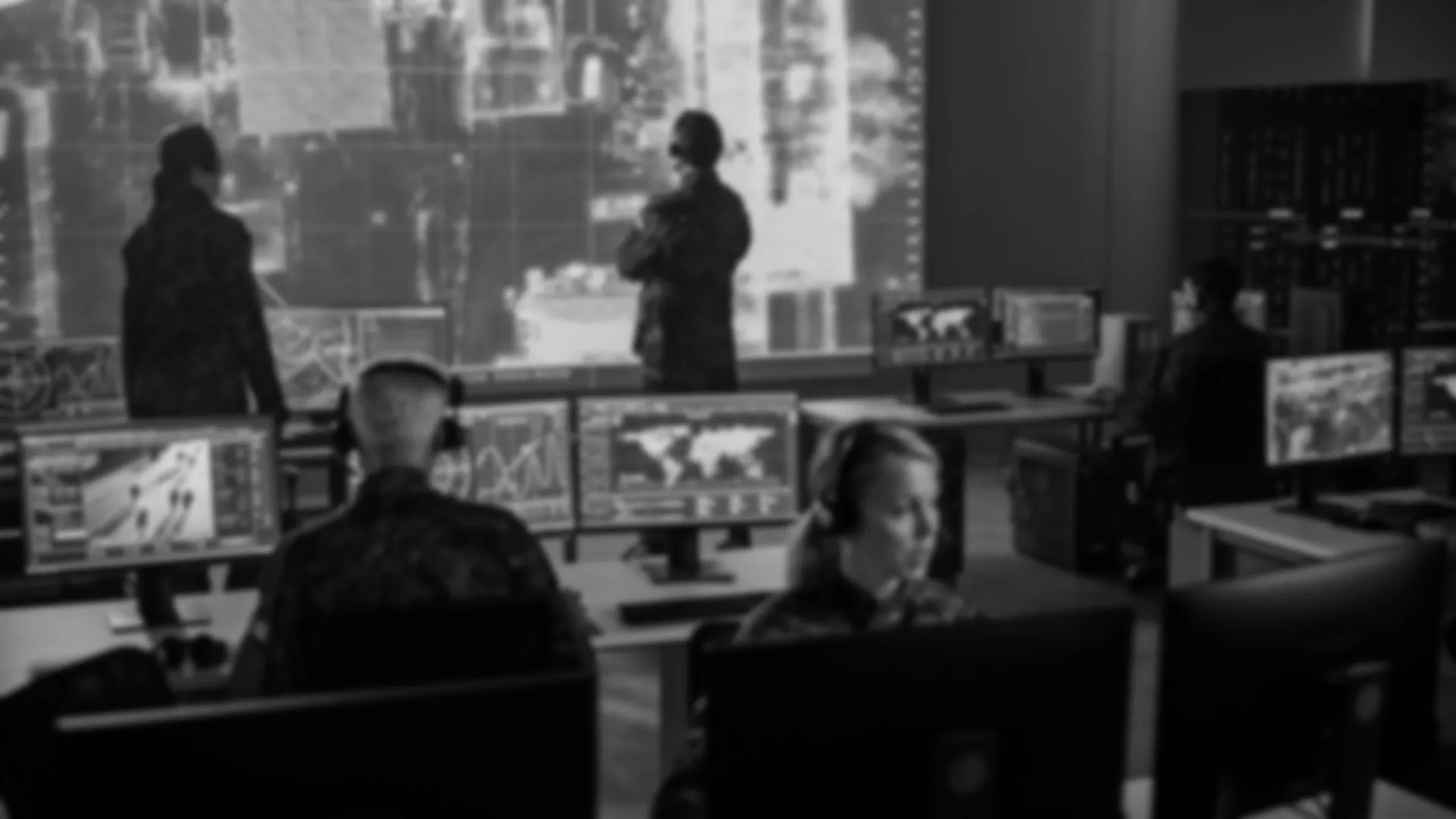
Legion for Current Ops
Accelerate Decisions. Synchronize Operations.
Maintain real-time operational context, support decision-making, streamline CCIR triage, and automate orders production—without replacing your existing mission systems.
No retraining, just results.


Shorten Decision Cycles.
Prevent Operational Friction.
Legion operates across your C2, intelligence, fires, and sustainment systems, connecting data your team can't access to reduce latency from report to action.



Your Systems Don’t Connect. Your Ops Pay the Price.
Legion bridges command and control systems so your staff stops manually cross-checking reports and starts maintaining synchronized operations in real time.
"Did higher ever get that CCIR update?" shouldn't require digging through chat logs, emails, and slides to confirm a decision
Maintaining a running estimate shouldn't mean siloed slides, spreadsheets, and systems never align and you're fixing it mid-shift
Unit status and mission updates get missed because nobody connects reports across ops, intel, fires, and logistics nets in real time
Battle staff expertise is wasted on finding data, manual cross-checking, and report formatting
Legion Connects the Dots So You Can Move Faster
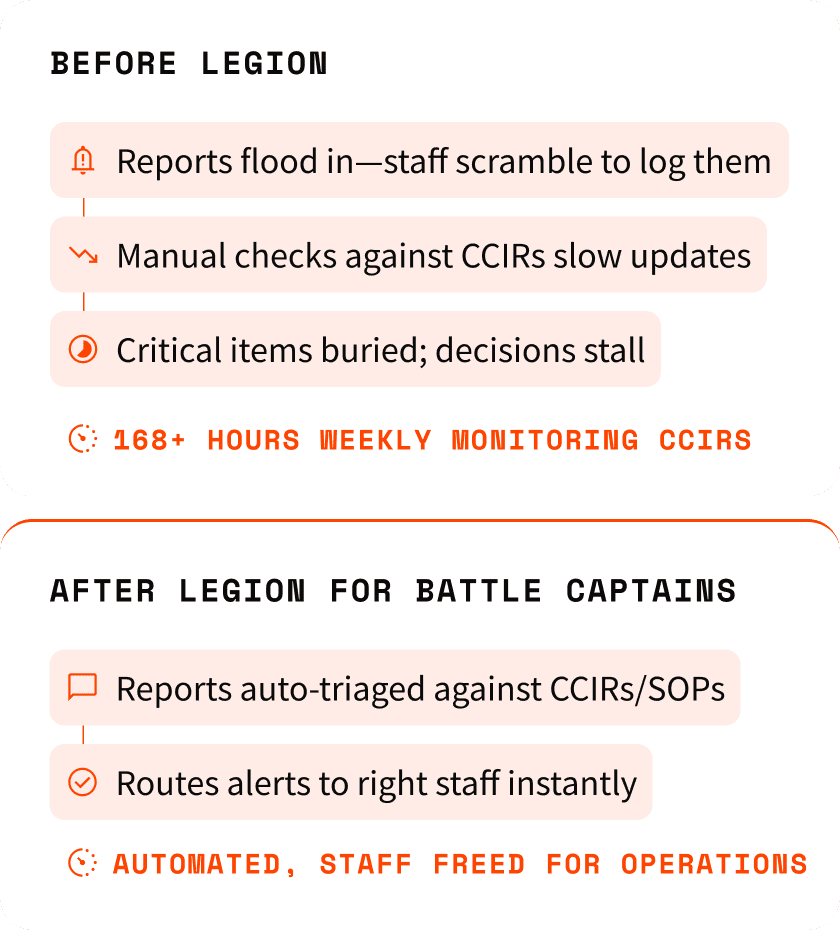
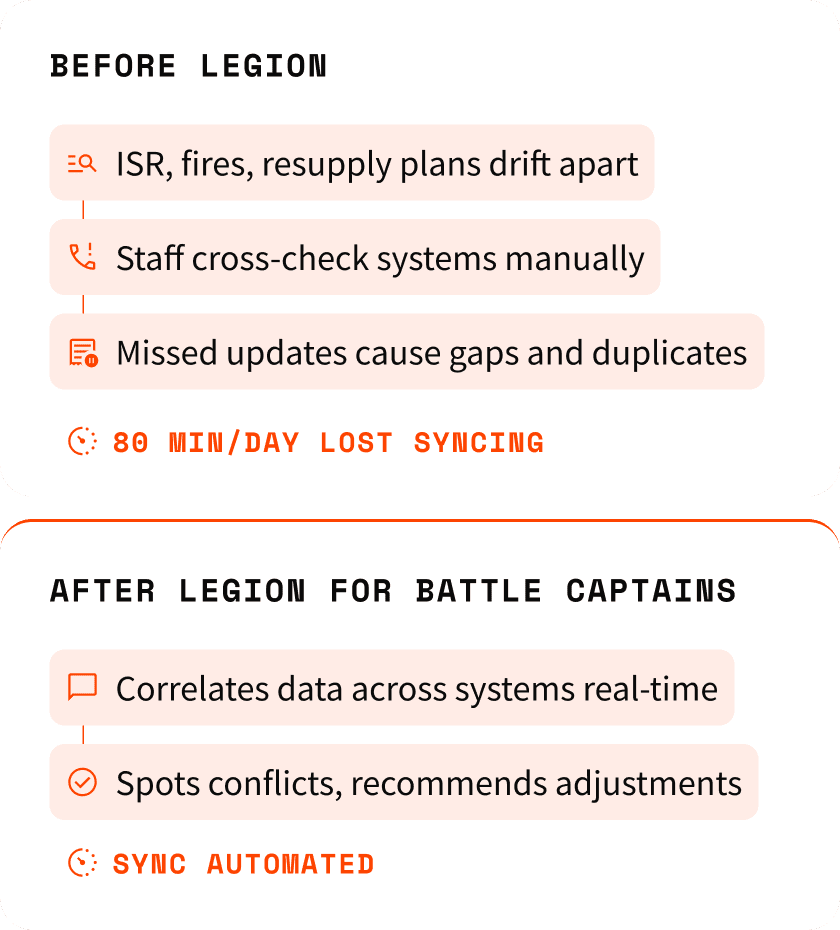


Legion empowers your CUOPS team (Battle Captain, Ops SGM, staff leads) to synchronize operations and maintain awareness with workflows like:
- Support Decision Making: Automatically sort incoming reports, surface CCIRs and critical updates, and enable the Commander to make data-driven decisions
- Synchronized Operations: Maintain an accurate running estimate and align the battle staff by connecting to your critical mission command systems
- Reporting and Orders: Automatically build daily briefings and SITREPs, draft orders, and log every decision and action for accountability
- Battle Drill Execution: Recognize triggers for MEDEVAC, TIC, and fires missions, auto-populate required fields, and coordinate responses across all sections
Every workflow is built around your mission systems and SOPs.
Mission-Proven Results. In Real Operations.
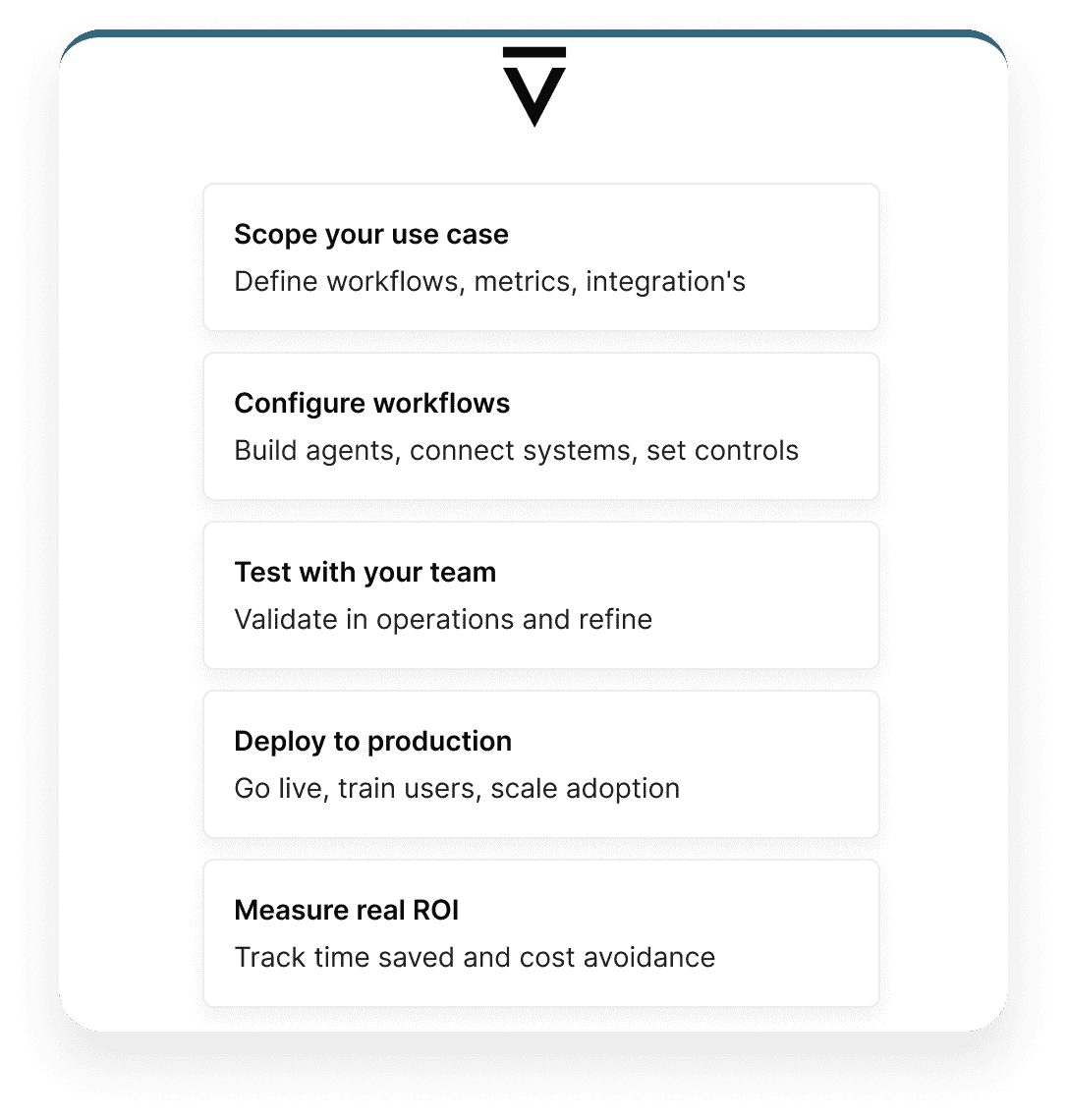
Legion is already deployed across U.S. Special Operations Command supporting 70,000+ users in multiple environments.
Real results from real missions:
- Faster generation of intelligence summaries
- Draft CUBs with a fraction of the staff
- Gain situation awareness without juggling multiple systems
Not a proof of concept. Legion operates at mission scale—delivering measurable outcomes daily.

How it Works
Faster Current Operations
Your systems don’t connect at mission tempo. Legion bridges them to prevent costly friction your team can’t overcome manually, without replacing your mission software.
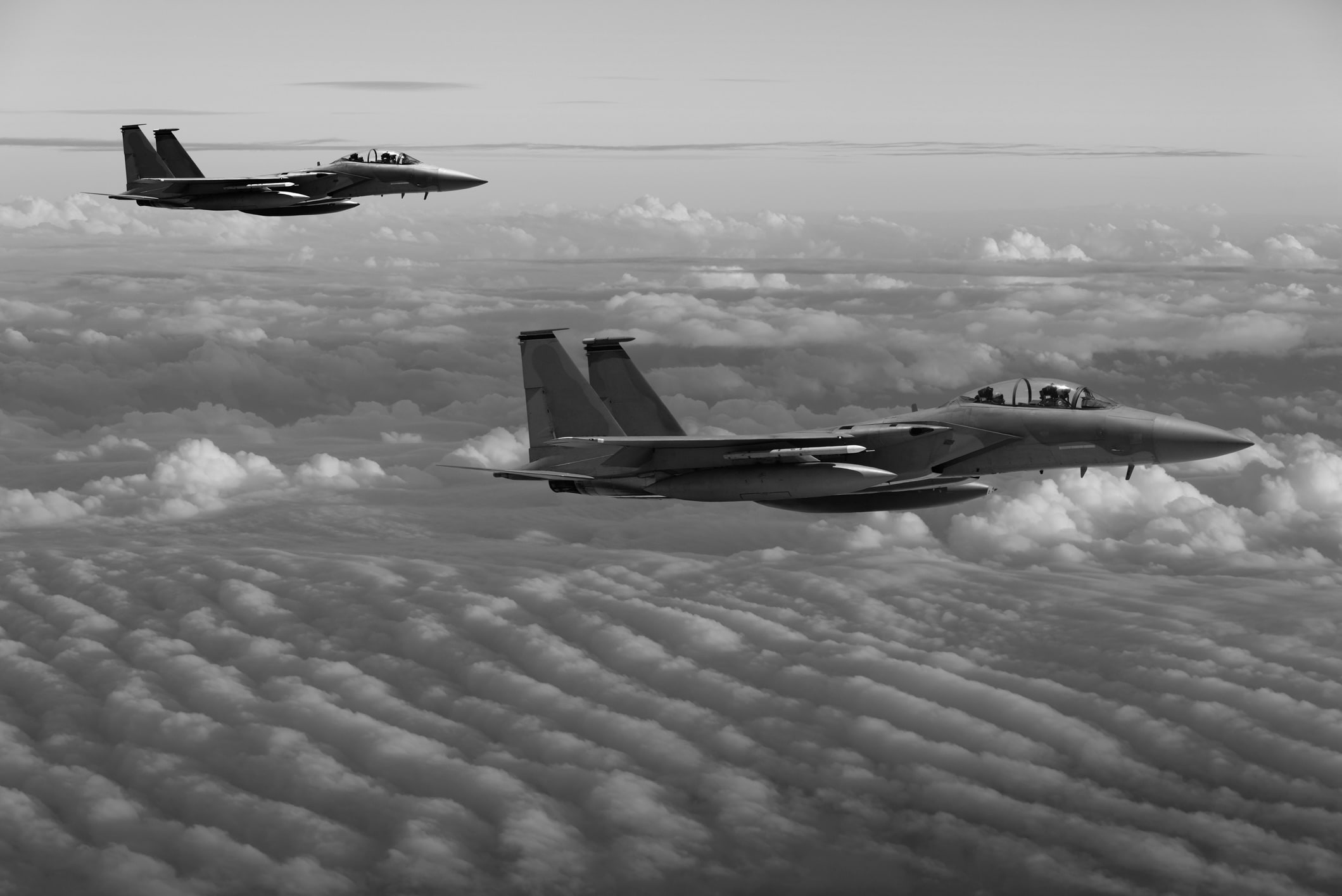
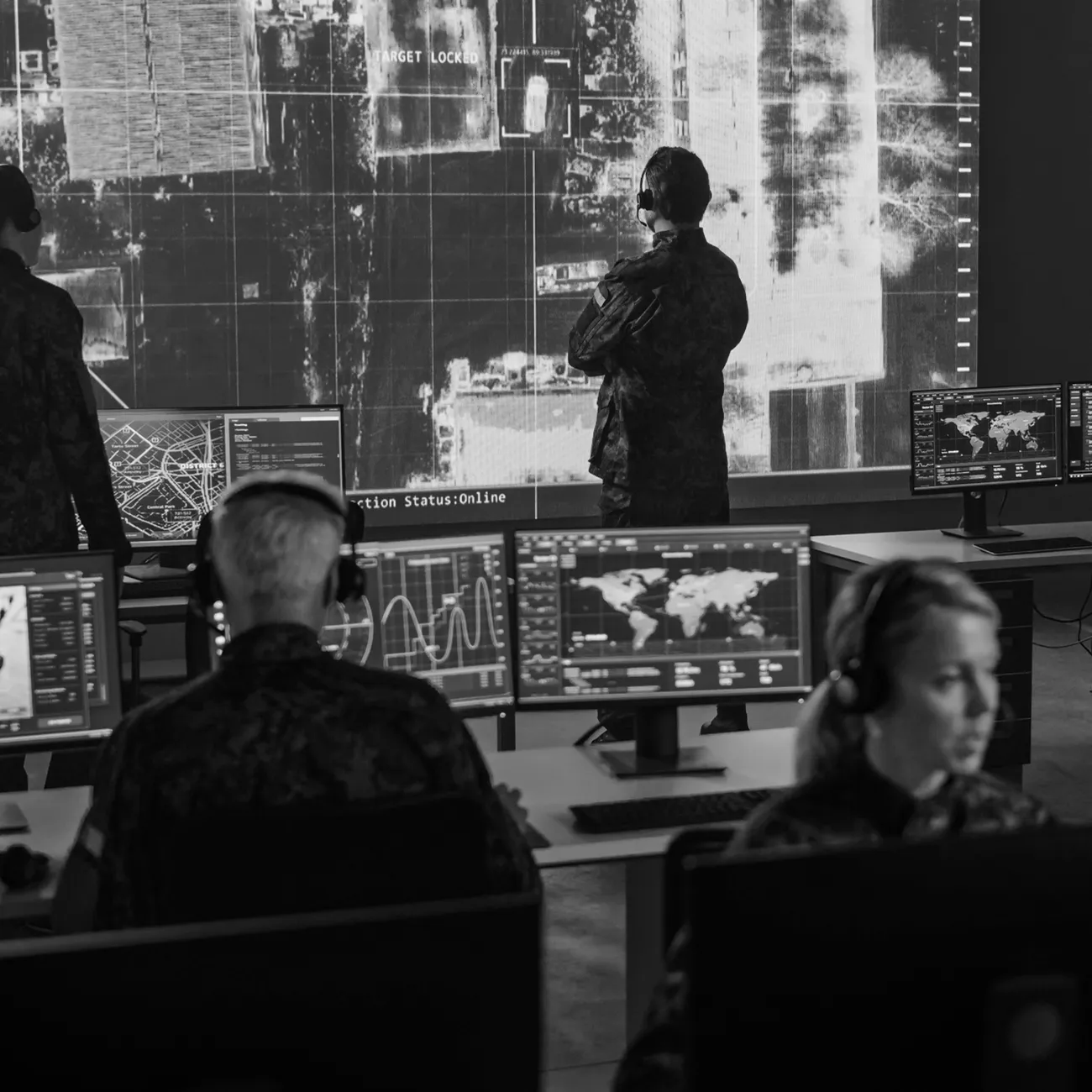
Built for High-Security Environments
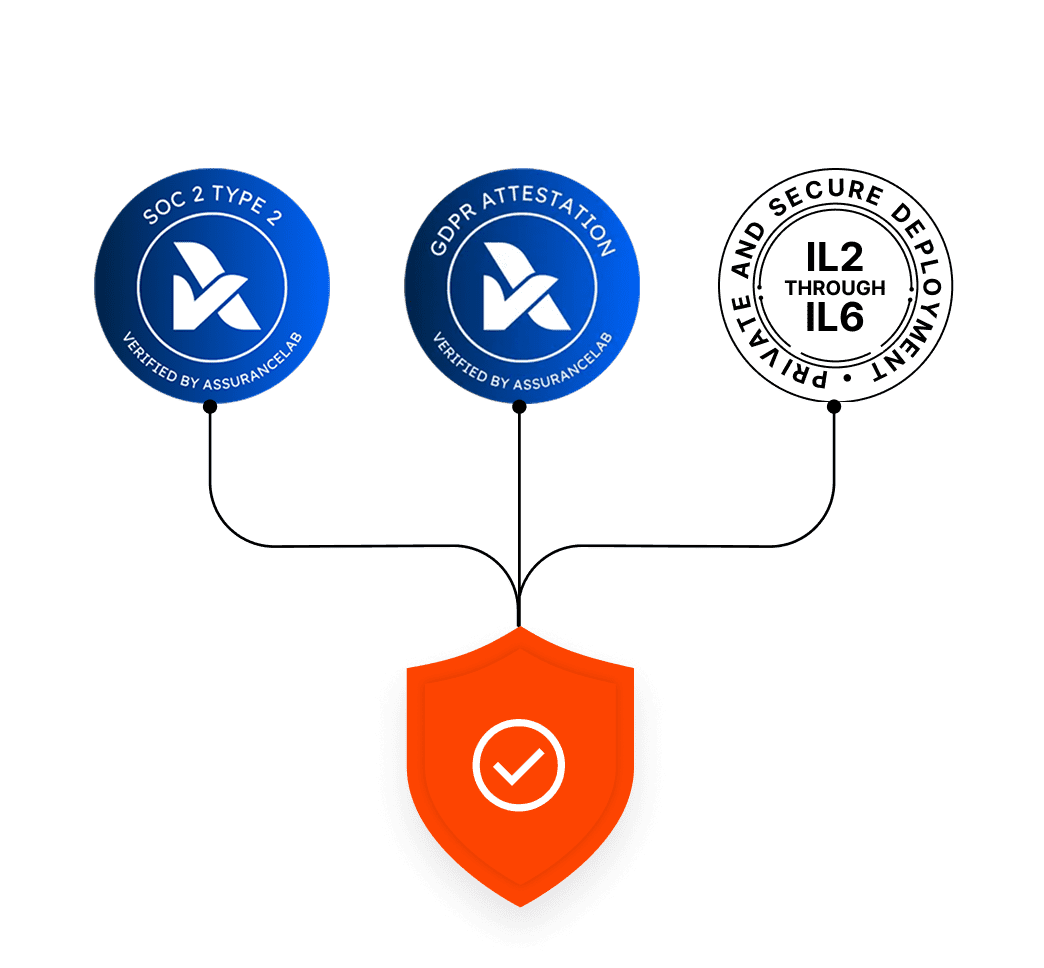
From garrison to edge and IL‑2 through IL‑6, deploy anywhere with full control:
- Deployment flexibility: Cloud, on‑prem, air‑gapped, or the edge
- Complete control: Use any LLM without vendor lock‑in. Data remains in your control and isn’t used to train models
- Government-grade compliance: SOC 2, ITAR, FedRAMP High (expected Q1 2026), authorized for classified work up to IL6
- Secure integrations: Auditable connections to over 100 systems
Deploy anywhere. Use any model. Your data stays yours.
The Legion Difference
Feature | Legion | Other tools |
|---|---|---|
Cross-System Visibility |  Synthesizes inputs across systems and documents | Usually limited to a single system |
Decision Support & Battle Drills |  CCIR triage, decision matrices, automated drills with attribution | Manual CCIR sorting, static checklists, no attribution |
Reporting & Orders |  Drafts CUBs/SITREPs, pre‑populates FRAGOs, distributes tasks | Manual authoring and distribution |
Execute Workflows |  Acts across systems—post graphics, route messages, log decisions | Read-only or single-system actions |
Security & Deployment |  IL2-IL6, air-gapped, ATO. Deploy anywhere | Standard cloud security or on-prem |
AI Model Control |  Any LLM. Yours, open source, or third-party | Vendor's models only |
Data Sovereignty |  Data stays in your environment. Never trains external models | Varies by deployment |
Operator Interface |  Embeds in MSS and mission tools; staff stay in their workflow | Requires separate app and retraining |
Time to Value | Weeks | Months |
Integration |  Connects to existing systems. No migration required | Often requires platform replacement or complex migration |

Get More Done
See how Legion helps your TOC maintain tempo and reduce friction—right where you work.
- Enable real-time understanding of OE and close CCIRs faster
- Automate CUBs, SITREPs, and running estimates
- Accelerate decision cycles from hours to minutes

More About Legion for Battle Captains
Will Legion replace our existing C2 or mission systems?
No, Legion integrates with your existing mission command systems without requiring migration or replacement. Legion connects to AIDP, MCS COP, MSS, and dozens of other systems—including document storage like SharePoint and defense collaboration tools—to provide unified insights across all your operational data. The interface embeds directly into your current C2 systems, so operators continue using familiar tools while gaining AI-powered capabilities for decision support, reporting, and synchronization.
What classification levels and security standards does Legion support?
Legion meets the strictest government security requirements and operates across all classification levels from IL-2 through IL-6. The platform is certified for SOC 2 Type II, ITAR registered, and authorized for classified information up to IL-6 with Authority to Operate (ATO) approvals. FedRAMP High certification is expected Q1 2026. Legion can deploy in cloud, on-premises, or completely air-gapped environments including tactical edge locations. All mission data stays within your infrastructure and is never used to train external AI models, ensuring complete data sovereignty for classified operations.
Can Legion operate in disconnected or tactical edge environments?
Yes. Legion is purpose-built for tactical and disconnected operations where commercial AI platforms cannot function. The platform supports fully air-gapped deployments, tactical edge environments, and operates on small-form hardware in bandwidth-constrained locations. Legion can run with on-premises AI models that require no external connectivity, making it suitable for forward operating bases, mobile command posts, and classified facilities without internet access. This deployment flexibility is proven across U.S. Special Operations Command operations in austere environments.
How long does Legion deployment take for classified environments?
Legion deployment timelines for classified environments depend on your classification level, ATO requirements, and approval processes. The technical configuration typically takes several weeks, but total deployment time varies based on your RMF/ATO cycle, network architecture, and security review requirements. Legion's cleared team—many of them veterans—understands military approval processes and works within your existing compliance framework to minimize delays. Once approved, Legion deploys rapidly with pre-configured workflows for common battle staff use cases including CCIR management, CUB generation, and battle drill automation.
Which C2 and mission systems does Legion integrate with?
Legion integrates with leading command and control, intelligence, fires, and logistics systems used across DoD and coalition forces. Legion's REST API extensibility allows integration with legacy systems and custom military applications, ensuring compatibility across your entire mission stack.
How does Legion help Current Ops consolidate battlefield information from multiple sources?
Legion automatically aggregates reports from radio, chat, email, and mission software into a single view—eliminating manual consolidation work. When reports arrive via different channels, Legion correlates the data (grids, units, timestamps) and surfaces what's most relevant. Instead of switching between MSS, chat logs, and email to build the current picture, you see consolidated updates in real time. Legion also checks incoming reports against CCIRs and SOPs, flagging critical information for commander attention and routing alerts to appropriate staff sections. This cuts hours of manual work to minutes.
Does Legion make decisions for commanders, or does it support my role as information manager?
Legion does not make tactical or operational decisions—that remains the commander's responsibility. Legion enhances your effectiveness as information manager by automating tedious work: consolidating reports, tracking taskings, coordinating between sections, and maintaining the operational picture. You control what gets elevated to the commander, when to launch drills, and how to prioritize information. Legion ensures you have complete, current, accurate information so you can focus on supporting the commander's decisions rather than chasing down data.


